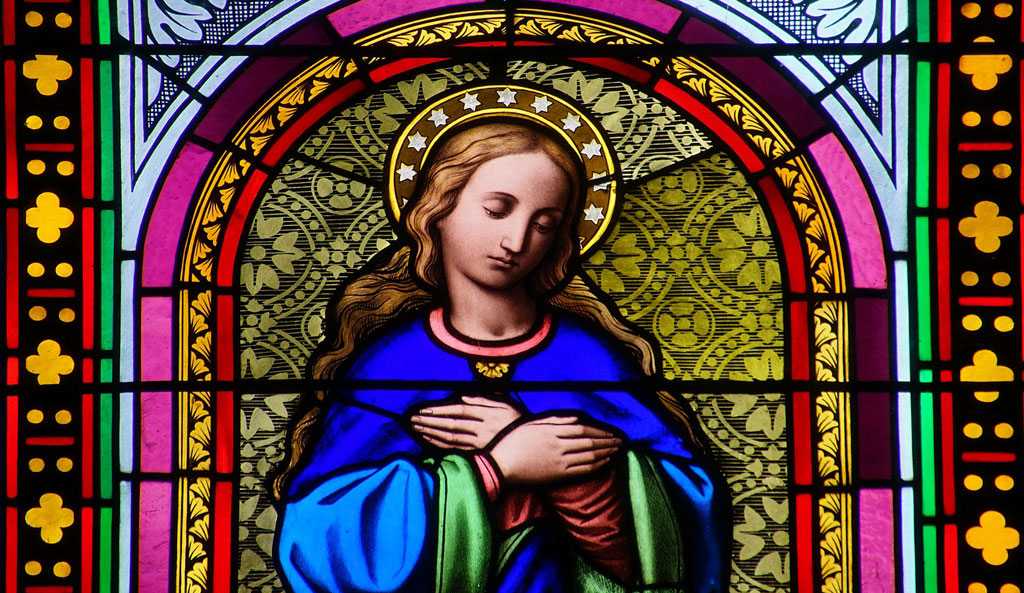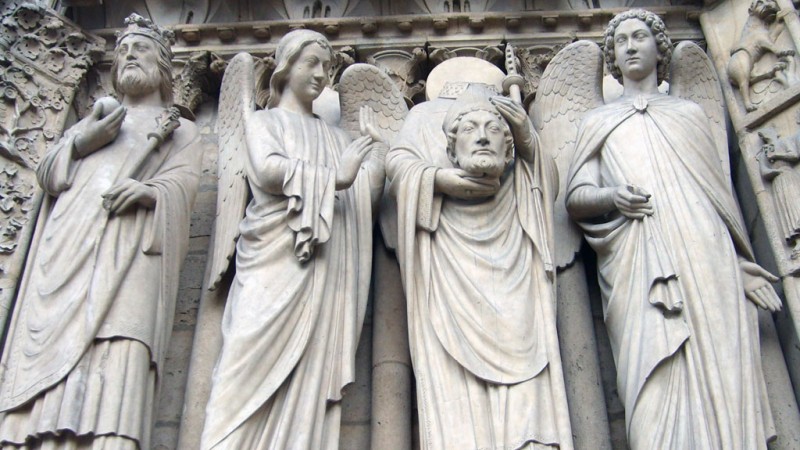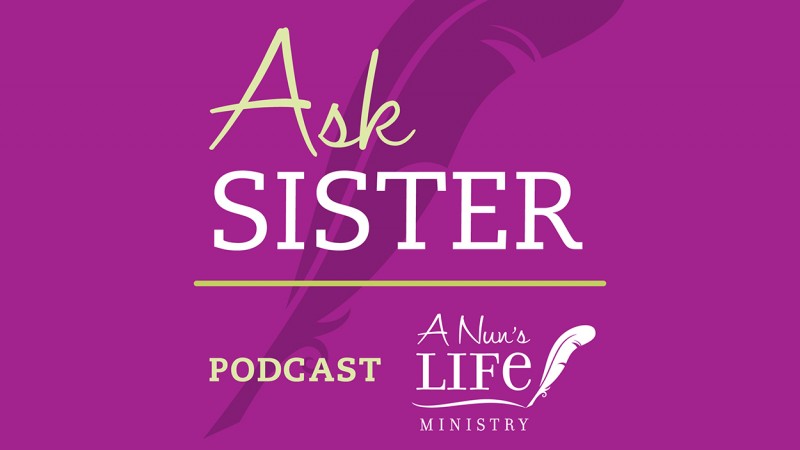
In this Random Nun Clip, we talk with Fr. James Martin, SJ, about his favorite saint and whether ordinary people can be holy like the saints.Hear the full podcast at AS093.
Let us know your thoughts about the podcast by taking this short survey! Your input helps us shape the future of our podcasts! Click HERE to take the survey. Thank you!
Father James Martin is a Jesuit priest and is the author of the books My Life with the Saints, Between Heaven and Mirth, and many others.
SISTER JULIE: Father Martin is a Jesuit priest. He is the author of several best-selling books, including My Life with the Saints, The Jesuit Guide to Almost Everything, and Between Heaven and Mirth. Father Jim, you have written extensively about saints and the spiritual life and we’re guessing you have prayed a lot about saints and the spiritual life as well. Some of our listeners wanted to know a little bit about your relationship with the saints. Audra wrote us on Facebook and she asked “Who is your favorite saint?”
FATHER JIM: I get asked that a lot and I think as a Jesuit, people probably expect me to say St. Ignatius Loyola, the founder of the Jesuits, who is a big favorite. I would actually say St. Therese of Lisieux, the 19th century Carmelite nun, just because of her accessibility and her little way of doing small things with great love for God. I just love her. I can’t get enough of St. Therese. I think if there were a contest, she would win. (laughter) I do like a lot more than St. Therese, but she is number one.
SISTER JULIE: You mentioned Saint Therese’s little way. How do you identify with parts of her life? A lot of us look up to the saints, but how do you actually relate to a saint, in your case, St. Therese?
FATHER JIM: That’s one of the things I try to do in my books, My Life with the Saints and Heaven and Mirth. I think we need to remember that the saints were human beings. They struggled, they sinned, they weren’t perfect. None of them were Jesus or Mary without sin. They should have tried to be holy in their own ways the same way we are holy and try to be holy in our own ways. I think that the model of the companion that the church holds out for us, the one who is kind of an example to us, is really an appealing one for me, in addition to the patron model of the one who prays for us from their post in heaven. They were very holy obviously, and so different in that way, but not so different in the sense that they had to struggle with all sorts of things like physical things, administrative things—those who were in charge of religious orders, family problems, frustration, death, and illnesses. It is very easy for me to relate to the saints because they were human just like all of us are.
SISTER MAXINE: In their humanity they teach us a little bit about why we don’t have to be so perfect?
FATHER JIM: They do. I think when you read the lives of the saints and you read about some saints who maybe lost their temper. Some saints who struggled with despair. St. Therese of Lisieux struggled with a little bit of despair at the end of her life, which is forgivable for people obviously. What happens is we tend to put the saints literally on pedestals and we remove them from our lives. We try to airbrush some of the struggles that they went through. In a sense they sort of cease to make a claim on us because we say, “Well, they had it all together and let’s leave the holy lives up to them, but for me I’m just too messed up to do anything like that.” When you read their real lives, you realize they struggled just as much as anyone else does. They struggled in their spiritual lives. So it brings them down off the pedestal, but it doesn’t make them any less holy. It enables us to see how we, too, can be holy in our own ways. I think their struggles and their difficulties really help us to see how we can do that.
To hear full episodes of A Nun’s Life podcasts, visit the podcast page at anunslife.org/podcasts.
This transcript has been lightly edited for readability.






